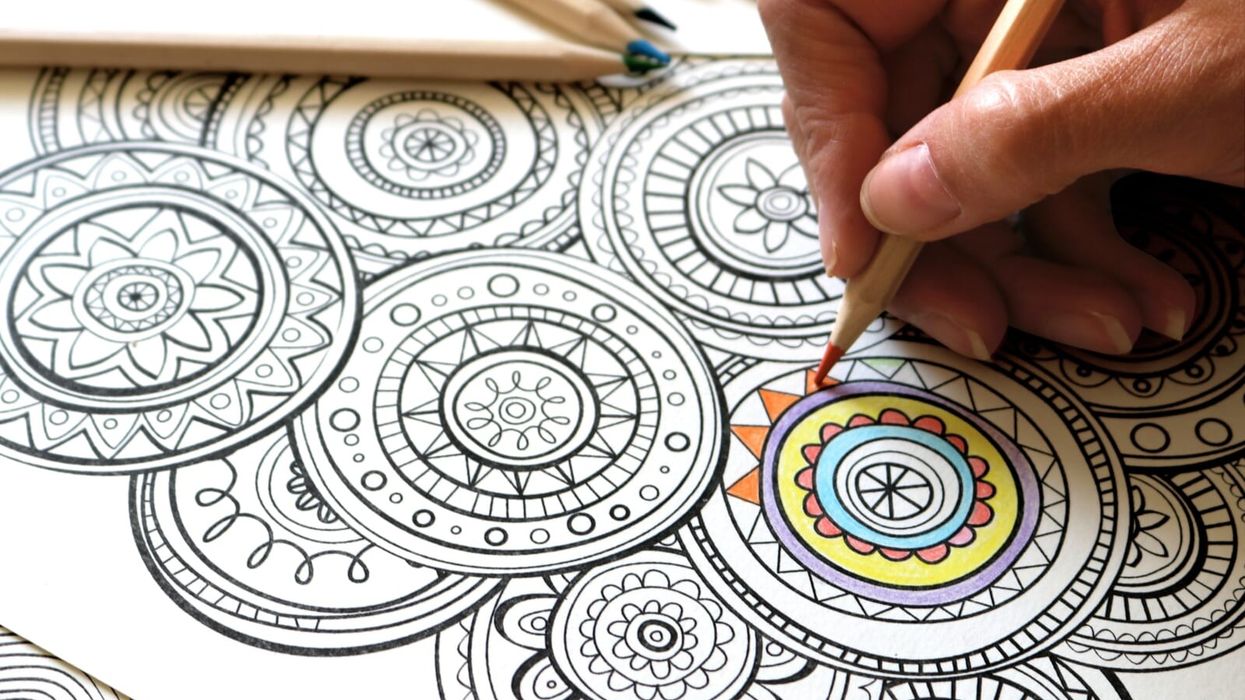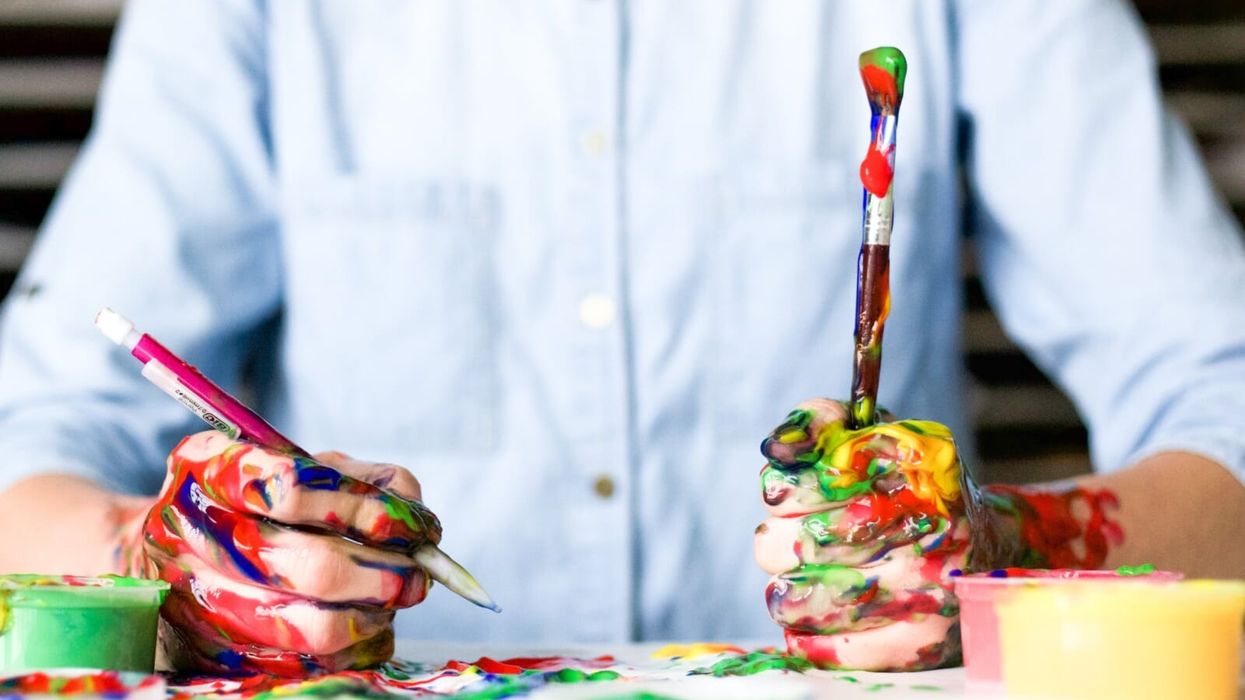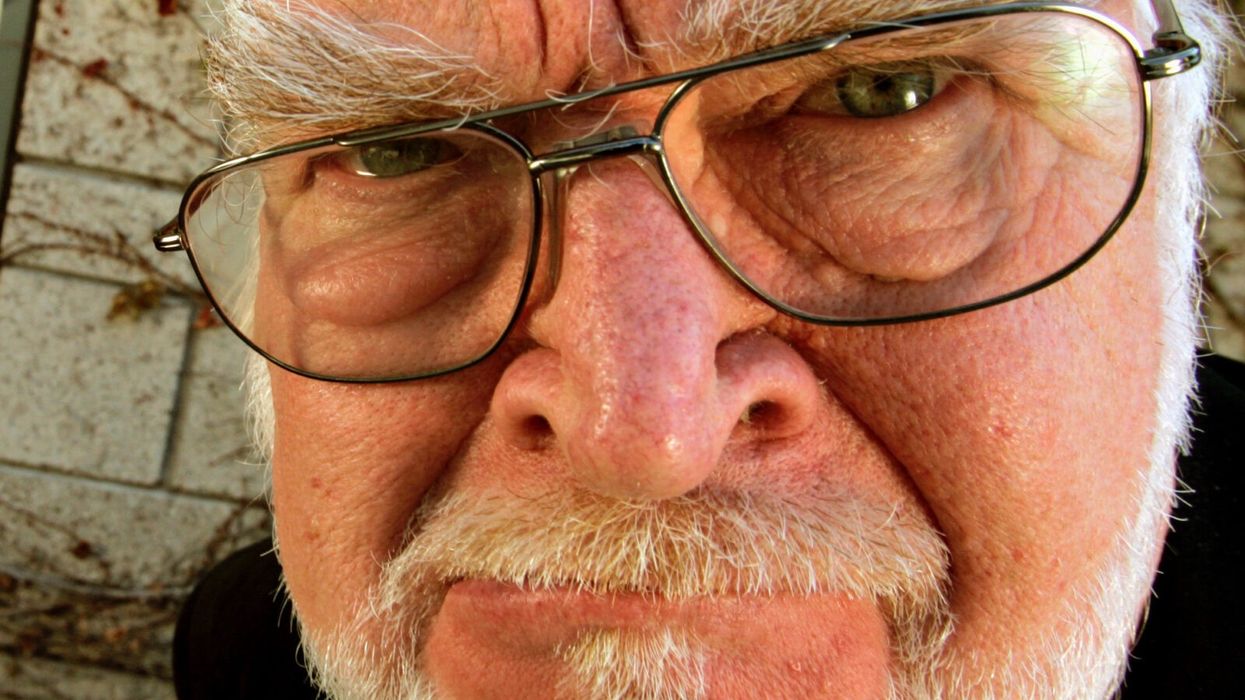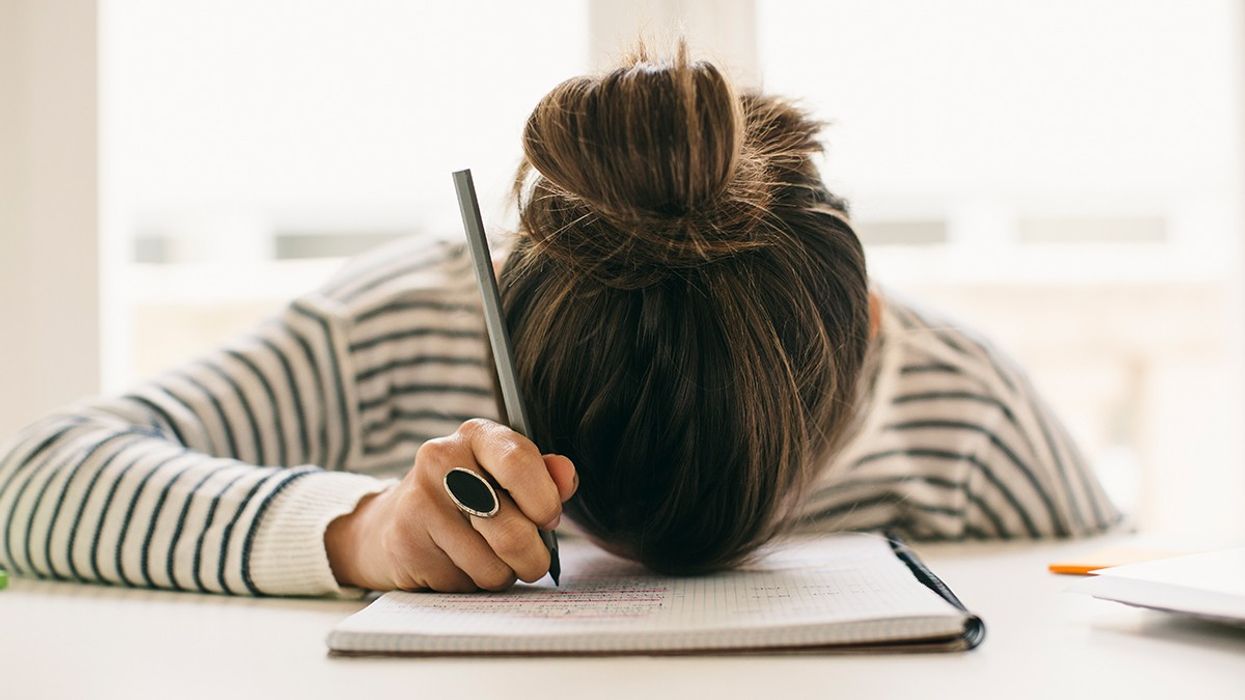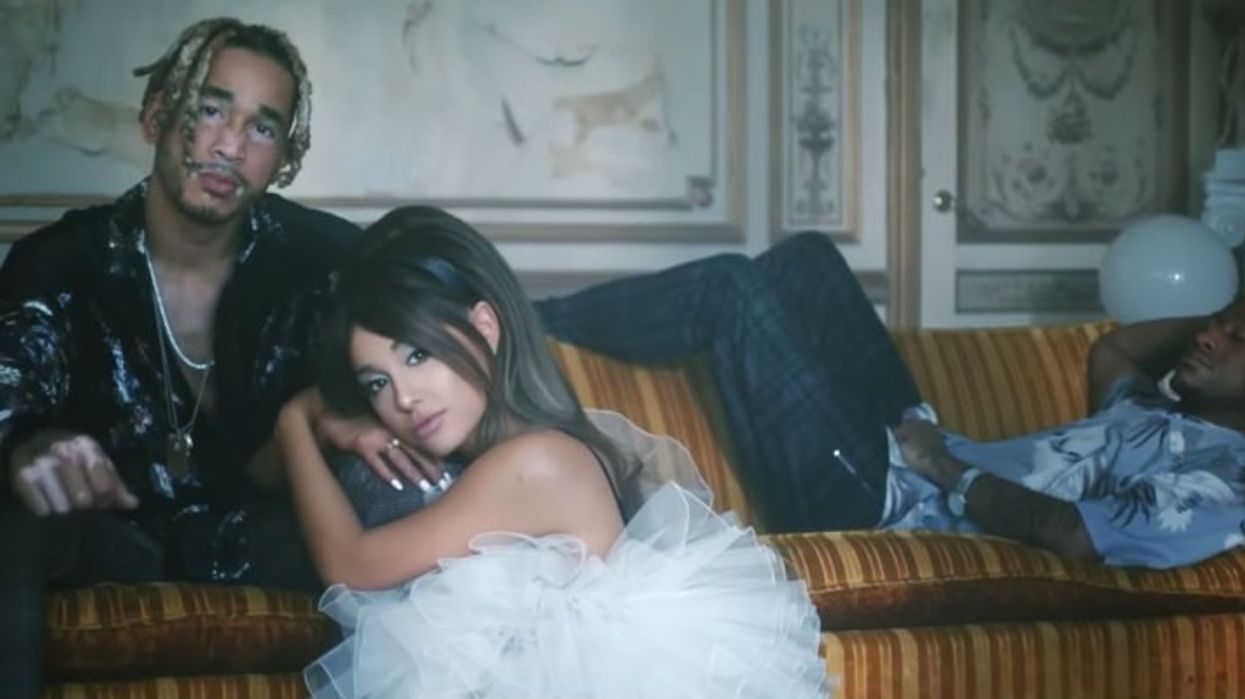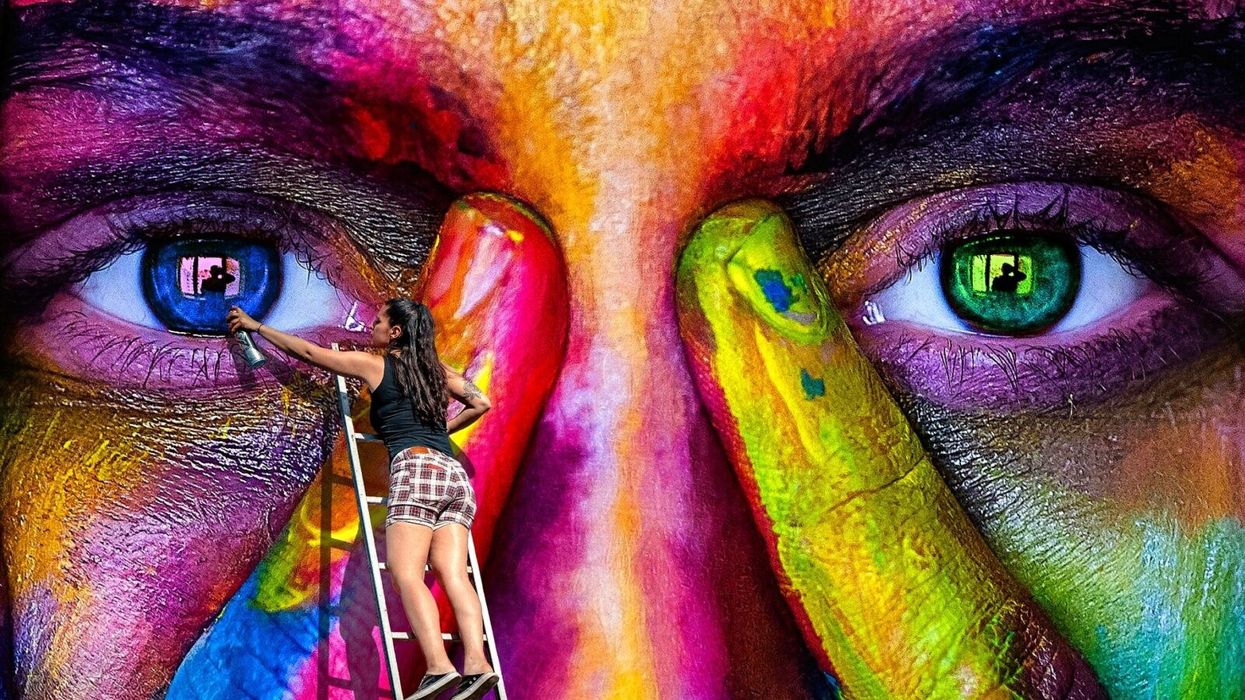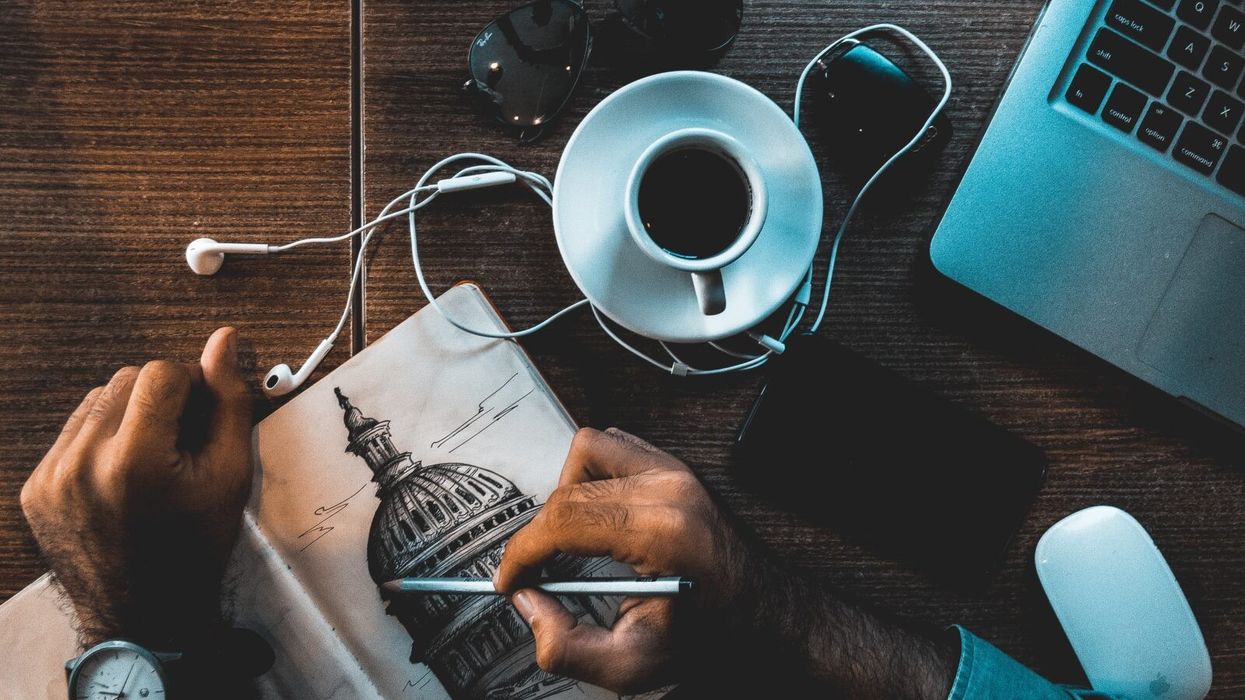High Thoughts: What Are They, and Are They Possible While Sober?
The world is full of natural substances that alter the perception of reality, from ayahuasca to psilocybin. Humans' connection to these substances, and their relationship to consciousness, continues to be a mystery. While these drugs can lead to out-of-body experiences and altered states of consciousness, marijuana has more mild, but no less profound, effects.RELATED: Can Microdosing Psychedelics Boost Your Mental Health?Marijuana smokers can experience strange shifts in perception, from visual or auditory hallucinations to changes in the perception of time. Other anecdotal stories talk of the benefits of enhanced creativity and flow. And for many people who get high, marijuana intoxication leads to a shift in their usual thought processes.That usually lands as a sense of profoundness, often finding the peculiar and novel in the mundane. Known as high thoughts, these revelations can have a lasting impact, but only seem to occur while under the influence. What’s that all about? Here, we’ll explore the causes of high thoughts, the potential dangers of smoking weed, and how to transform your thinking while sober.Why You Think Differently While HighTo explore why high thoughts happen, we’ll start with a brief introduction to the science of getting high. The main substance in marijuana is THC (delta-9-tetrahydrocannabinol), a type of cannabinoid. The brain and body consist of cannabinoid receptors and the body’s natural cannabinoid chemicals anandamide and 2-AG (2-arachidonoyl glycerol). In combination, this creates what is known as the endocannabinoid system (or EC system).The EC system influences a lot of physiological processes, including stress regulation, metabolism, and pain. They’re found in vast amounts in the brain, and play a role in the communication of information between neurotransmitters — the chemicals that carry information between cells. A large collection of cannabinoid receptors are found in the amygdala, the part of the brain responsible for mood regulation.RELATED: 9 Foods to Improve Your Mood and Cognitive FunctioningWhen someone smokes marijuana, THC is absorbed by the lungs, enters the blood, and eventually attaches to cannabinoid receptors, altering the normal flow of information. In addition, another chemical, cannabidiol (CBD) can reduce any stressful impact of THC. The subjective result is often feelings of joy, relaxation, or euphoria. Smoking marijuana also affects the reward circuit of the brain, releasing the feel-good hormone dopamine. Emerging from the abundance of chemical changes, and the immediate experience of the high, are high thoughts. These thoughts range from the profound to the absurd, the hilarious, and the mind-bending.The Link Between Marijuana and CreativityThe shift in perception is something that many marijuana users end up enjoying. High thoughts might be existential — such as questioning the meaning of life, pondering the expanse of the universe, or imagining what alien life might appear like. Others may be a different way of looking at the mundane, or normalized behaviors of society, with a fresh set of eyes. All high thoughts are underscored by a sense of creativity.If this is something you experience, it’s likely that you won’t be overly interested in the science behind this process. Part of the mystery of consciousness is its subjective nature; objective science can’t fully explain many subjective experiences that are “real,” from love to the imagination, to thinking itself. What they can do is detect patterns in biology, and create theories from there.Despite its common anecdotal support, science has failed to find a strong link between marijuana and creativity. Some studies have even found that divergent thinking — a spontaneous, non-linear way of thinking which is linked to high creativity — is impaired by marijuana. However, a recent study found another effect that could be responsible.An Enhanced Perspective on Thoughts?When participants under the influence of marijuana intoxication were studied for the Journal of Applied Psychology, researchers found no direct correlation with enhanced creativity. But even though creativity remained roughly the same, those that were high reported higher levels of joviality, a state of relaxation, and openness to ideas. The researchers speculate that the feeling of enhanced creativity was connected to the way people were relating to their thoughts.This could take high thoughts into the direction of metacognition, or thinking about thinking. Metacognition is linked to spiritual disciplines that practice self-awareness or contemplative practices. When in a certain receptive state, it could be that people become more receptive to the quality of their thoughts, not dismissing them out of hand, but entering a state of beginner’s mind, and approaching thoughts with greater curiosity, a quality that has been linked with metacognition.The Shadow of Weed SmokingSmoking weed isn’t a utopia. For a balanced perspective that doesn’t demonize or romanticize, it’s important to keep in mind the shadow of marijuana as well as its perceived benefits. All those chemical changes in the brain can lead to negative thoughts or intrusive thoughts. To balance positive experiences of enhanced creativity, relaxation, or philosophical reflections, smoking weed has the potential for negative experiences, from anxiety, paranoia, or a loss of motivation. Marijuana users also have increased cerebral blood flow, which could indicate narrow arteries. In addition, marijuana use has been connected to reduced memory and impaired cognition, especially in adolescents, whose brains are still developing. Long-term use has even been linked with an IQ reduction of around 5 points, including reductions in functioning memory and attention.It goes without saying that, despite the increase in legalization, and any potential positive benefits, such as high thoughts, marijuana is still a drug that has to be handled with care. Which begs the question: is there a way to experience high thoughts, away from being high? Can you get the benefits, without having to smoke?Can You Have High Thoughts While Sober?The short answer is: yes. It’s implied by the name itself, high thoughts, that this way of thinking is only the result of being high. While it may not be straightforward or as easy to recreate the effects of smoking marijuana on your way of thinking, there are certain practices that can help. Number one is the practice of meditation. Meditation has been found to increase divergent thinking (the marker of creativity), and enhance people’s receptivity to novel ideas.The joviality that has been linked to higher creativity can be mirrored through a sustained meditation practice. Mindfulness, in particular, is the practice of cultivating attention, open mindedness and becoming switched on to information that usually passes us by. Research has shown that meditating for just 10 minutes per day can improve how likely you are to acknowledge the novelty of ideas.Part of this level of receptivity requires a perspective shift. We’ve already touch upon the power of curiosity, which in itself is a quality of meditation. Become deeply curious about your thoughts, without judgment. That might require stepping out of autopilot, and creating a radical shift in your levels of self-awareness.Who Observes Your High Thoughts?One practice to try, which is trippy in its own sense, is to observe your thoughts as if they’re not your own. What if you were just aware of yourself, and all of the thoughts arising were not “you”? What if every memory, self-commentary, and future fantasy, was being produced all by itself? Can you become curious about it, not making it personal, but viewing it as a scientist?This is a spiritual teaching in itself, through practices like Advaita Vedanta and Buddhism, that encourage the individual to transcend their individual ego. But if you’d like a more visceral change, breathwork is an option. Some techniques are said to release DMT, due to the way in which they mimic psychoactive substances, creating a natural high.After all, isn’t that what high thoughts are all about? Stepping outside day-to-day, sober thoughts, into the world of stoner thoughts? Taking a different perspective on things that once seemed so set in stone, but no longer do, while stoned? Perhaps it’s not about the thoughts at all, but about the thinker. And as the thinker, you’re in control of how you relate to your thoughts. If that’s not a high thought, I don’t know what is.KEEP READING How To Boost Your Dream Recall For Higher Creativity














